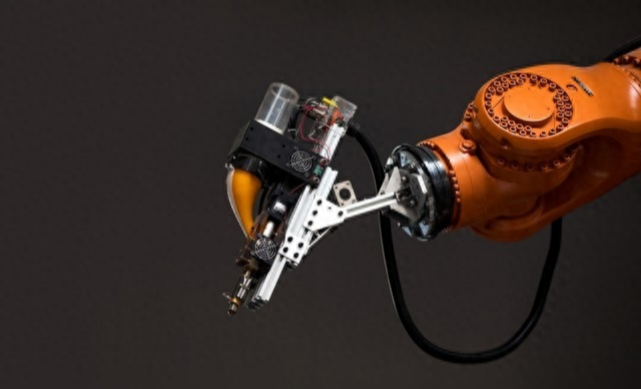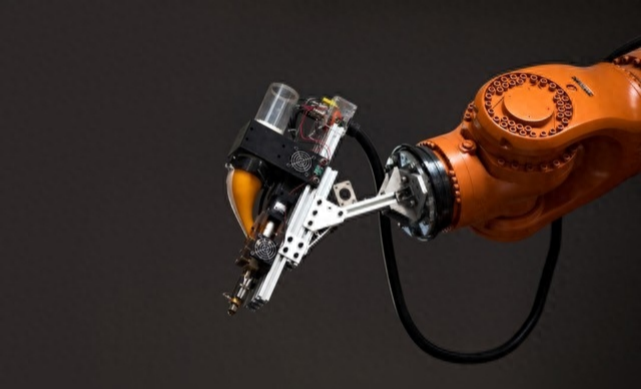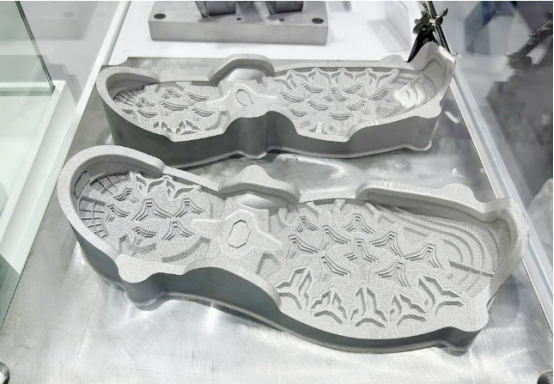
Around 2007, the concept of 3D printing appeared. It was a gimmick in my mind at the time. Has been not optimistic about this technology, the feeling is the same as the fast sample.
At the time, Terry Gou, chairman of Taiwan's Hon Hai, said that 3D printing was by no means the third industrial revolution, but just a gimmick. 3D printing technology has been developing for a long time, Hon Hai has been using 3D printing technology 30 years ago, and the reason why it is not good is that this technology cannot be mass-produced for commercial use and does not have commercial value. He also said surprisingly: "If it is really, then my 'Guo' character is written upside down."
With the development of time and technology, 3D printing has slowly entered the house. The application field of 3D printing is very broad, it involves naval ships, aerospace science and technology, medical field, housing construction, automotive industry, electronics industry, food and many other industries.
3D printing method, this processing method belongs to additive manufacturing method.

Contrary to the traditional processing method: the traditional processing method is to reduce the material processing, the use of CNC or other means to cut off the excess material, the final processing into the product outline.
Next, Umingda Metal will feel the way to cross the river, collect and organize the main several 3D printing technologies compared as follows.
1 FDM of 3D printing technology.
【FDM technology principle 】
This technology is a rapid prototyping process, which is the most common 3D forming technology in the market at present, and does not rely on laser as a forming energy source, and all kinds of silk materials (such as engineering plastic ABS, polycarbonate PC, etc.) are heated and melted and then stacked forming method, referred to as FDM. The principle of selective cladding of filamentous materials is as follows: Under the control of the computer, according to the section profile information of the product parts, make X-Y plane movement, the thermoplastic filaments are sent to the hot melt nozzle by the wire supply mechanism, and the nozzle is heated and melted into semi-liquid, and then extruded, selectively coated on the work table, and formed a layer of about 0.12mm thick thin sheet outline after rapid cooling. After the completion of a layer of section forming, the platform is lowered to a certain height, and then the cladding of the next layer is carried out, as if the section outline is "drawn" one layer after another, and so the cycle is completed to form three-dimensional product parts.

【 Advantages of FDM technology 】
(1) Low cost. The melting deposition modeling technology uses a liquifier instead of a laser, and the equipment cost is low. In addition, the utilization efficiency of the raw material is high and there is no pollution of poison gas or chemical substances, which greatly reduces the molding cost.
(2) The use of water-soluble support materials makes the removal of the support structure simple and easy, and can quickly build complex inner cavities, hollow parts and once-formed assembly structures.
(3) Raw materials are provided in the form of material rolls, which are easy to handle and quick to replace.
(4) A variety of materials can be selected, such as engineering plastic ABS, PC, PPS and medical ABS of various colors.
(5) There is no chemical change in the raw material during the molding process, and the warping deformation of the workpiece is small.
【 Disadvantages of FDM technology 】
(1) The surface of the prototype has obvious stripes, and the molding accuracy is lower than that of the advanced SLA process abroad.
(2) The strength is relatively strong in the vertical direction of the forming axis.
(3) Need to design and manufacture support structures.
(4) The entire section needs to be scanned and coated, and the molding time is longer.